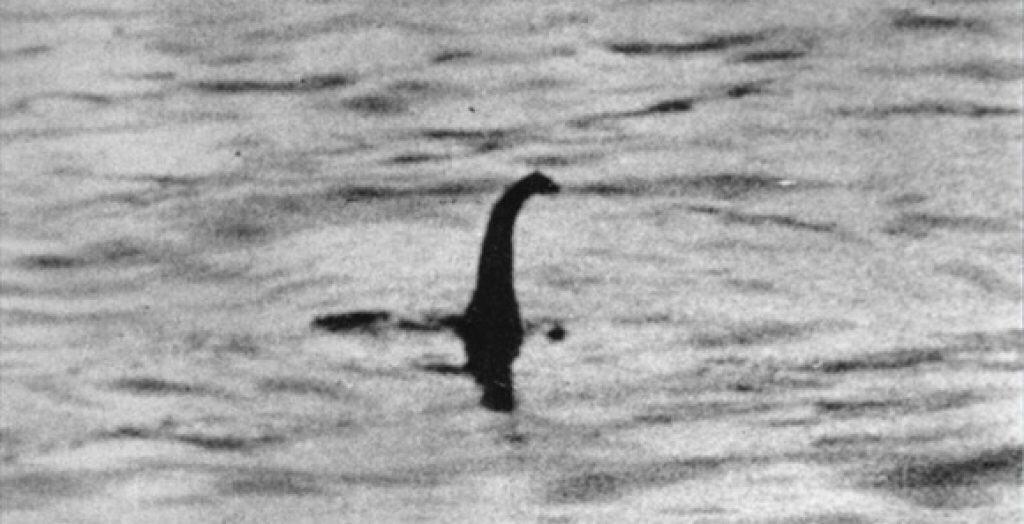She is the queen of the cryptids. Especially since the early 20th century, when fuzzy photos of something out of the ordinary in Loch Ness began to appear. Other similar creatures would later be compared to her, but they would never eclipse her in notoriety.
Many people believe that the first flurry of the Loch Ness Monster sightings, or Nessie, coincided with the completion of the roads alongside the loch in the first half of the 20th century. Until then, the perimeter of the loch was fairly remote, other than the presence of the city of Inverness near the northern shore.
But the chronicles of Nessie actually go back many centuries. In a 7th century biography of Saint Columba, an episode is recorded where Columba is at Loch Ness and is confronted by a: Biography of Saint Colomba
…beast at the bottom of the water…it suddenly rushed…with a great roar, its wide mouth open to its prey…. Columba raised his hand and…spoke to the monster: ‘Halt!…Retreat at once!’…and it fled so swiftly that it appeared dragged under with ropes.
Biography of Saint Colomba
Lore then developed in the inhabited areas around the loch for subsequent centuries.
The more recent hunts for Nessie have always relied on the modern technology of the time. The first–and most famous–photograph of what appears to be something unusual in the loch was a photograph allegedly taken by Dr. Robert K. Wilson in 1934. It shows what appears to be a head and neck of some unknown animal poking out of the water. Immediately after publication, there were believers and skeptics. Proposed alternates to the shape in the photo ranged from birds to otters. A confession in the late 20th century stated that the shape was a fake molded head and neck attached to a toy submarine.
Related: Elusive Cadborosaurus: Sea Serpent, Dinosaur, or Myth?
Later photos and films of strange abnormalities in the waters have not been so easily explained away.
With the dawn of advanced sonar and similar equipment, several expeditions have been launched to conclusively prove (or disprove) the elusive resident of the deep loch. In 1967, a sonar expedition successfully tracked moving unidentified objects more than 20 feet long moving at 12 mph in the deep waters. Another study in 1969 also discovered inexplicable large-object results. Later studies using sonar, underwater microphones, and submersible cameras have provided tantalizing–but certainly not concrete–results. Other expeditions have found nothing indicating Nessie’s existence.
Wendigo: Evil Cannibal Beast of Native American Legend
If there is something in the loch, what is it? With so little evidence it is impossible to tell. Theories have ranged from dinosaurs previously thought to be extinct to cavorting circus elephants.
Regardless of the possibility of whether or not Nessie exists, she has made for big business around the loch. Museums and hotels and souvenir shops cater to countless tourists and amateur explorers, all hoping to be the one to solve this enduring mystery once and for all.
Sources:
“Loch Ness Monster”, Wikipedia, pulled 19-Jan-12.
